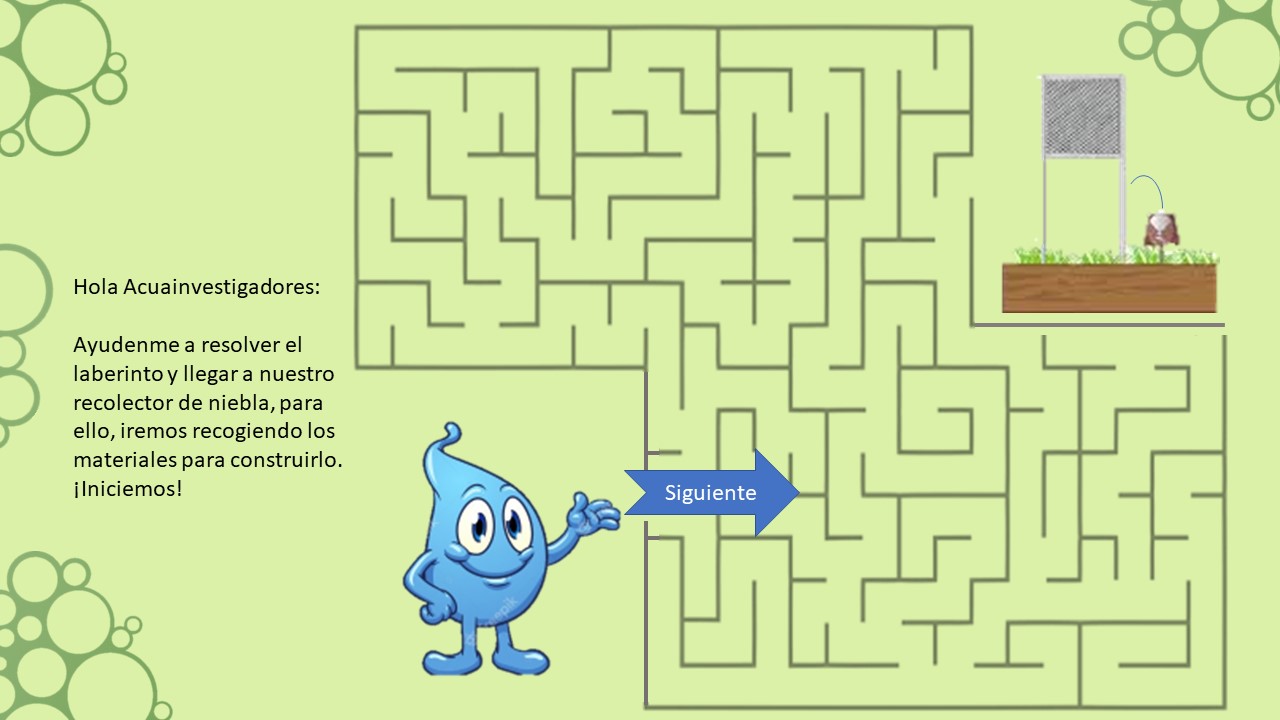NICE guidelines Parkinsons disease - PowerPoint PPT Presentation
1 / 23
Title:
NICE guidelines Parkinsons disease
Description:
6-11 people in 6000. Rising with age, males. 2% age 80 ... Nocturnal akinesia. Falls. Other key interventions. Specialist nurse. Physio ... – PowerPoint PPT presentation
Number of Views:218
Avg rating:3.0/5.0
Title: NICE guidelines Parkinsons disease
1
NICE guidelines Parkinsons disease
- Madeleine Purchas
2
Aims of talk
- Introduction
- The guideline itself
- Future research /audit
- references
3
Parkinsons disease
- James Parkinson 1817
- Essay on shaking palsy
- maladie de Parkinson, Charcot 1888
- Current definition
4
Resource implications
- 6-11 people in 6000
- Rising with age, males
- 2 gtage 80
- Cost of 2300 per pt per annum (direct costs)
- Total Cost of 6000 (incl social service
provision, costs to patient) - 600m per yr for 100000 pts with PD
5
Aim of guideline
- Best available evidence plus expert advice
- Patient choice / patient centred care
- Areas of uncertainty
- Areas for audit / research
6
Scope of guideline
- Diagnosis of idiopathic PD and Parkinsonism
- Treatment of idiopathic PD
7
Key priorities for implementation
- Referral for expert diagnosis
- Expert review and diagnosis
- Regular access to expert nursing care
- Access to physio, OT, SLT
- Palliative care
8
Communication
- Difficulties in communication
- Dementia and depression
- Negative impression of people with PD
- Need for emotional support
- Aim to empower in participating. Written
information. Points of contact. DVLA
9
Diagnosis
- Classical symptoms slowness, shaking, stiffness
- Classical signs bradykinesia, hypokinesia,
tremor, rigidity - Post mortem diagnosis
- Incorrect diagnosis in 47, 25, 6-8
10
Diagnosis (cont)
- Unilat vs bilat
- Additional signs postural instability,
orthostatic hypotension, cognitive - Response to Ldopa
- PET scanning
- DAT scanning
- UK PDS brain bank criteria
11
UKPDS brain Bank criteria
- Step 1 Diagnosis of a parkinsonian syndrome
bradykinesia - Rest tremor/ Rigidity/ Postural instability
- Step 2 Exclusion criteria for PD
- Hx of strokes, HI, antipsychotic/DA depleting
drugs, encephalitis, 1 relatives, neg response
to Ldopa, unilat after 3 yrs, other neuro signs,
tumour/hydroceph on imaging - Step 3 supportive criteria for PD 3 of
- Unilat onset, rest tremor, progressive,
persistent assymetry, excellent response to
Ldopa, severe Ldopa induced chorea, Ldopa reponse
over5 yrs, clinical coursegt10 yrs
12
Diagnosis (cont)
- Rapid referral
- On no treatment
- Regular review of diagnosis
- SPECT/DAT scanning to exclude essential tremor
- MRI in the diagnosis of parkinsonian syndromes
- PET scanning in clinical trials only
- Acute levodopa / apomorphine challenges no
- Smell testing - ?
13
Neuroprotection
14
Neuroprotection
- 4 potential neuroprotectors reviewed
- Vit E should not be used
- Co enzyme Q10 only in the context of clinical
trials - Dopamine agonists as above
- MAOB inhibitors as above
15
Pharmacological therapy in early PD
- Options for initial pharmacotherapy in early PD
- First choice
- Levodopa
- DA agonists
- MAOB inhibitors
- Other
- Anticholinergics
- B Blockers
- Amantadine
16
Pharmacotherapy (cont)
- There is no single drug of choice
- Patient preference/clinical characteristics
- Monitoring of ergot derived DA agonists
- Amantadine/anticholinergics
17
Pharmacotherapy in later PD
- There is no single drug of choice in later PD
- DA agonists
- COMT inhibitors
- MAOB inhibitors
- Amantadine (not first line)
- Apomorphine (not first line)
18
Pharmacotherapy (further considerations)
- Avoid abrupt withdrawal
- In hospital
- Appropriate timing
- Self medication
- Liaison with PD specialist
- DA dysregulation syndrome
19
Surgery
- Subthalamic stimulation
- Globus pallidus interna stimulation
- Thalamic stimulation
20
Non motor features of PD
- Depression
- Psychotic symptoms
- Dementia
- Sleep disturbance
- Daytime hypersomnolence
- Nocturnal akinesia
- Falls
21
Other key interventions
- Specialist nurse
- Physio
- Incl Alexander technique
- OT
- SLT
22
Research recommendations
- Neuroprotection NET-PD
- Dementia cholinesterase inhibitors, memantine
- Cost effectiveness of Rx of depression
- Supportive therapies
- Diagnostic investigations
23
References
- www.nice.org.uk
- Related guidelines
- Depression
- Alzheimers
- Falls
- Nutrition
- Deep brain stimulation































